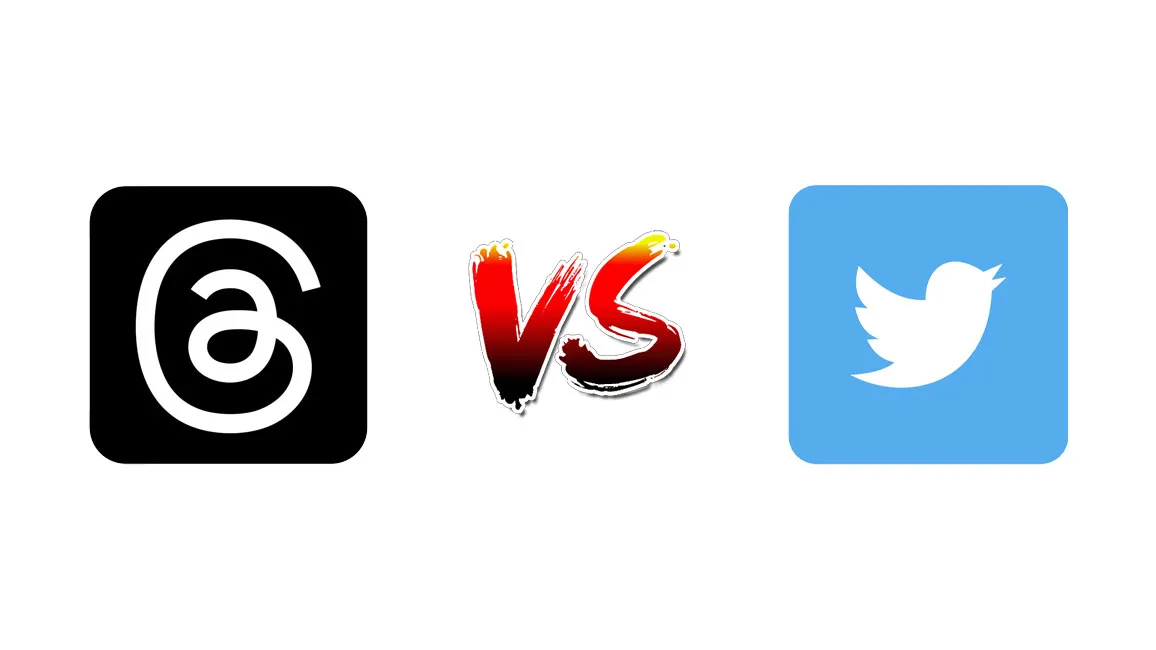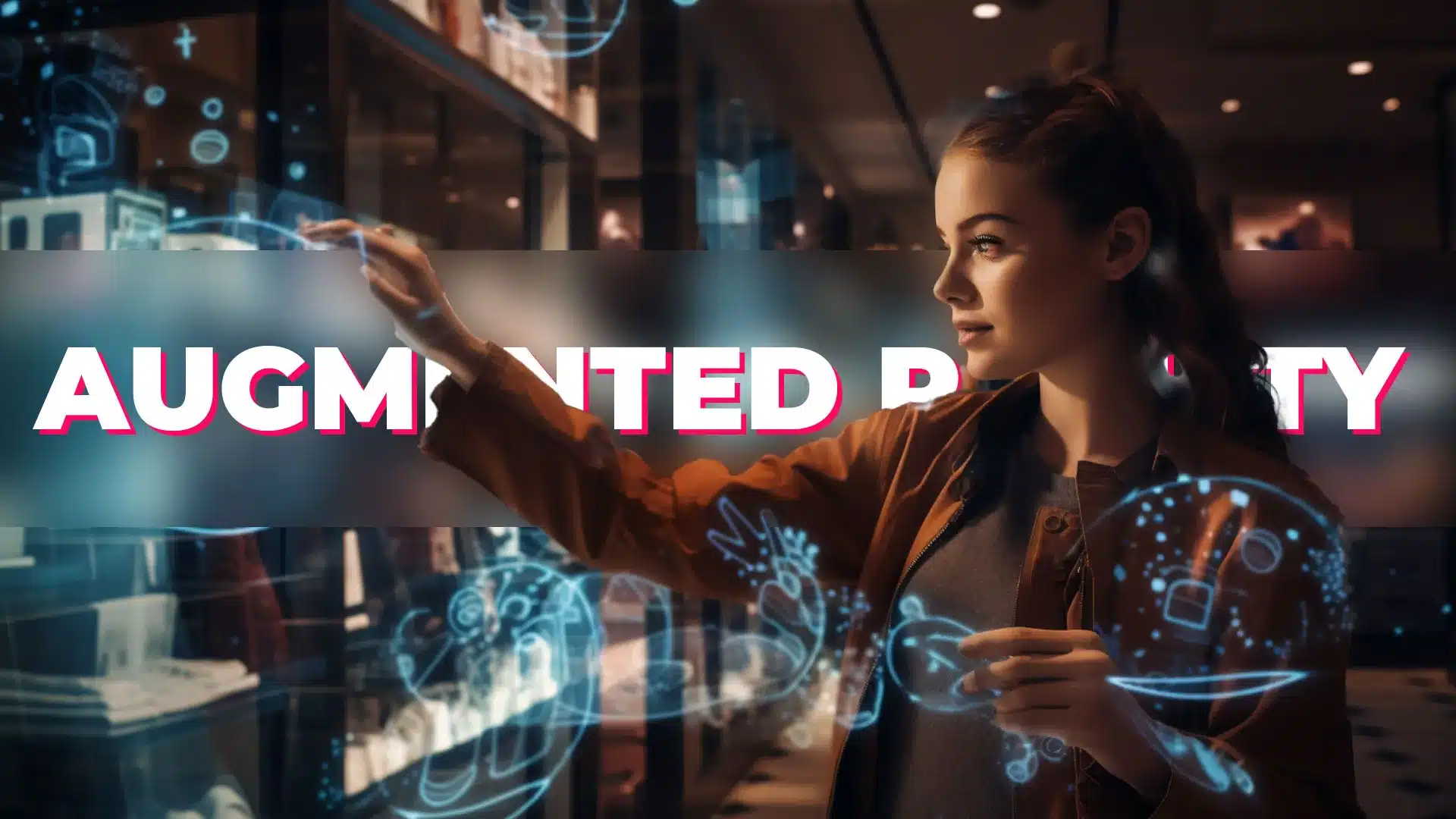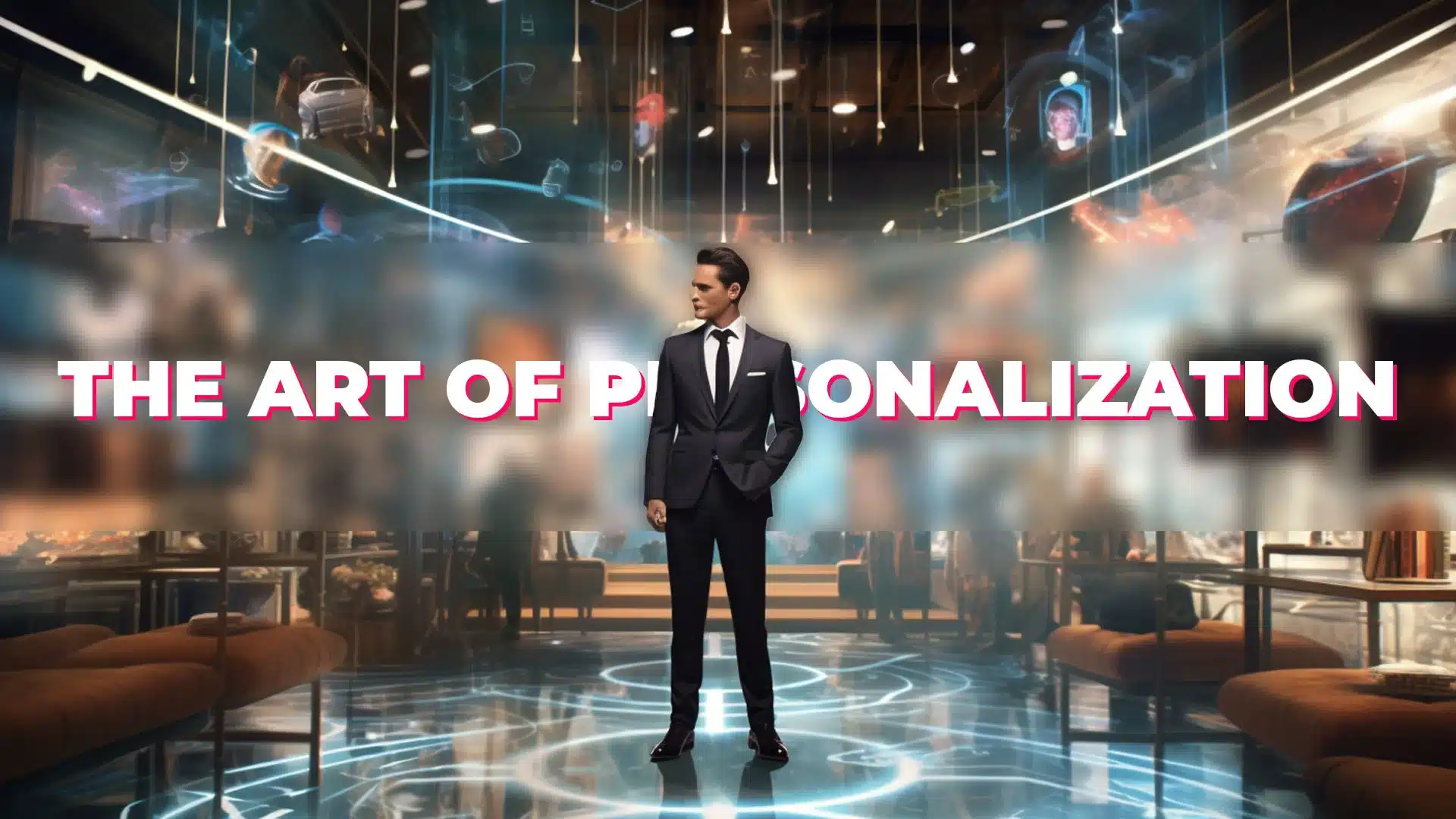Advertising has changed a lot in the past decade, both technically and stylistically. However, one thing that hasn’t changed is the preferred format. Even after all this time, video remains the most effective format when it comes to business promotion. According to a marketing study, more than 60% of people would rather watch a video instead of reading about them, so corporate videos are a must-have for any business looking to gain awareness.
A beautifully made video can do more than just announce the audience that you are the company X and you offer the product Y. A beautifully made video with a well thought of storyline can inform, promote, sell and even spark an emotional response. It can convince your audience to pick up the phone and call you, to go to the nearest store and buy your product, but it can also send a powerful message. It can create a link between your brand and values such as professionalism, care and innovation.
Through the many possibilities they offer, corporate videos are extremely versatile. The name corporate video, in fact, is an umbrella term that describes everything from a product commercial to a company presentation or an employee training video.
And even if the term “corporate video” sounds a bit unexciting and cold, things have changed a lot in the creative department and these videos are no longer made to run somewhere in the background without anyone noticing them. On the contrary, they’re made to impress. And here’s how they do it
Corporate Videos Now
Now, corporate videos are still longer than other product videos, usually from 2-3 minutes, but the tendency is to make them even shorter, towards 1 to 2 minutes. The modern viewer is very busy and very selective and doesn’t have time to watch a video that takes 5 minutes to get to the point. Within the first 30 seconds, the viewer should already be introduced to the product and its key benefits. Corporate videos are short and sweet and the message is delivered as quickly as possible. 70% of YouTube users skip ads, so corporate videos are adapted to that with concise scripts and clear product selling points.
Let’s use this video that we created for our client Flatfield as an example.
Within the first 15 seconds, the viewer is introduced to the company and the products it sells. By the end of the video, they know the applications of the products and what makes them superior.
Although 70 seconds might seem a limited time to send such a long message, it’s actually enough. In fact, the short running time is a key advantage for modern corporate videos because the viewer doesn’t get bored. Imagine you are showing a video at a trade show. The people who attend and are passing by your booth don’t have time to stop for 10 minutes to watch the whole thing, so they’ll walk away and you’ll lose an important lead. A short corporate video shows just enough to pique their curiosity and they are more likely to stick around and talk in more depth with a company representative.
Of course, corporate videos can also be longer and present the topic in detail, and the client can also make a shorter version for the situations when the viewer is one click away to leave it.
Creativity and Humor
Professionalism and humor do not exclude one another. For many years, corporate videos were thought to be formal, technical and boring to watch, but today marketers actually recommend videos that take a humorous turn, because they keep the viewer engaged and make a lasting impression.
Training videos are particularly hard to watch, so here’s how Air New Zealand managed to defy expectations and make a safety briefing video that’s actually entertaining to watch. Watch the video from here.
Through its references and unique style, not only did this video manage to achieve its point (inform flyers about health and safety procedures, which are usually ignored), but it also became viral, which gave Air New Zealand massive exposure.
Not every corporate video has to be funny, witty or filled with pop-culture references, but used strategically, these can become a brilliant marketing move.
Live footage integration in corporate videos
Unlike other types of videos, corporate videos rely a lot on live footages filmed with a camera. This footage usually goes through post-production, meaning that we use specialized software to improve them or add some elements.
Live footage adds relevance and professionalism to a corporate video, but they can also be quite challenging, which is why you should only trust a reputable video production company to help you. The live footages may be sometimes complex depending upon the project scope, as they may involve several professionals and high-end equipment. Planning-wise, it’s important to point out that filming can last several days, it can be conditioned by the weather and, depending on the client’s requirements, it can even involve trips abroad.
Some scenes may need the use of a professional studio, such as when using green screen effect to integrate an actor into a different external environment.
Professional actors may be required, but companies can often use their own staff for figurants as well. If the purpose of the video is to show the company offices, filming takes place on-site, but in other cases a different site will need to be rented.
Alternatively, and/or complementary to the above live footages, corporate videos can often use stock videos, where it is recommended a preliminary discussion with the client to establish the desired mood and tone.
In the past, a camera team with professional equipment used to be mandatory. Nowadays, companies often have their own semi-professional equipment and even the latest smartphone with 4K resolution footage, dual lenses together with a stabilizer/Gimbal such as Zhiyun or DJI Osmo, will often do the trick.
For instance, some of the sections in this video below were shot internally with smartphone cameras and improved with post-production at our agency.
Rackspace, an American cloud computing company, is a positive example of how to use live footage in a corporate video.
Created for recruitment purposes, this video was shot in one single day at the company headquarters, from the perspective of an employee who recalls this first day working there and walks the viewer through the office. The style isn’t complicated or overly polished, but it captures the atmosphere at the workplace and does a great job at getting people interested in applying for a job.
Latest technologies
Although live footages play an important role in the making of an excellent corporate video, they might not always be enough to illustrate a company’s message. In this case, some other technologies may be integrated, such as infographics, 3D animations and post-production effects to make the video more creative, more relevant and more compelling.
Where should you promote corporate videos?
Promoting your corporate video on the right platform is just as important as investing in production value, because the video needs to reach the right audience.
Social media in general is quite versatile, and a platform like YouTube, which is visited by both individuals and companies, is always recommended. The same goes for Facebook and Twitter, whose users come from all demographics. LinkedIn, on the other hand, is made for professionals, and you should definitely leverage this if you want to reach out to potential employees.
Instagram is more popular among the younger demographic and it’s also an amazing platform to promote short how to’s or tutorials. Vimeo is another great platform and even though its user base is not as big as YouTube’s, it does have many professionals.
Last, but not least, don’t forget that corporate videos can also be used offline, such as at trade shows, corporate events or even in your waiting room.










